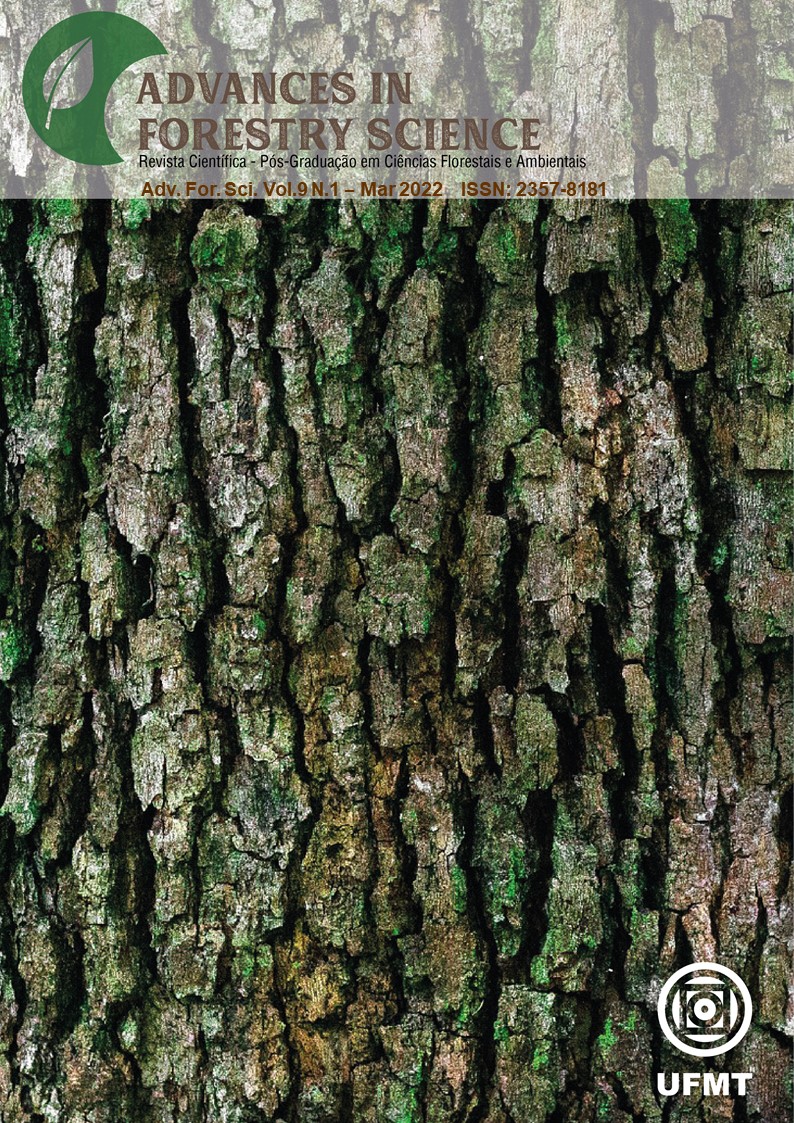Litter dynamics in a seasonally dry forest fragment
DOI:
https://doi.org/10.34062/afs.v9i1.13262Abstract
Litter decomposition makes possible the nutrient cycling and is a link between vegetation and soil, vital for a healthy forest ecosystem. Although several studies on litter decomposition have been carried out in different regions of Brazil, there are few studies for transitional zones between Cerrado and Caatinga, particularly in the state of Piauí. Therefore, the objective of this work was to evaluate the litterfall production, litter composition and decomposition rate in a tropical dry forest fragment located in the southeast region of Piauí, Brazil. Monthly litterfall dynamics were evaluated for one year, by placing litter traps in the center of six forest inventory permanent sample plots, and the decomposition rate was determined by the litterbag technique. Litterfall production was estimated at 4,401.7 kg ha-1 year-1, similar to Caatinga environment values, with the leaves fraction contributing with the highest percentage (64%). On the other hand, litter decomposition rate was estimated at 0.003 g day-1, similar to rates found in Cerrado environments, highlighting the importance to better understand this ecozone litter dynamics. Wind speed had significative correlation with litterfall production. The number of species in the sample plot had highest correlation with the decomposition rate, and the diameter growth rate was the dendrometric variable most correlated to litterfall production.
Downloads
Downloads
Published
Issue
Section
License
All copyright must be assigned to the Federal University of Mato Grosso.

